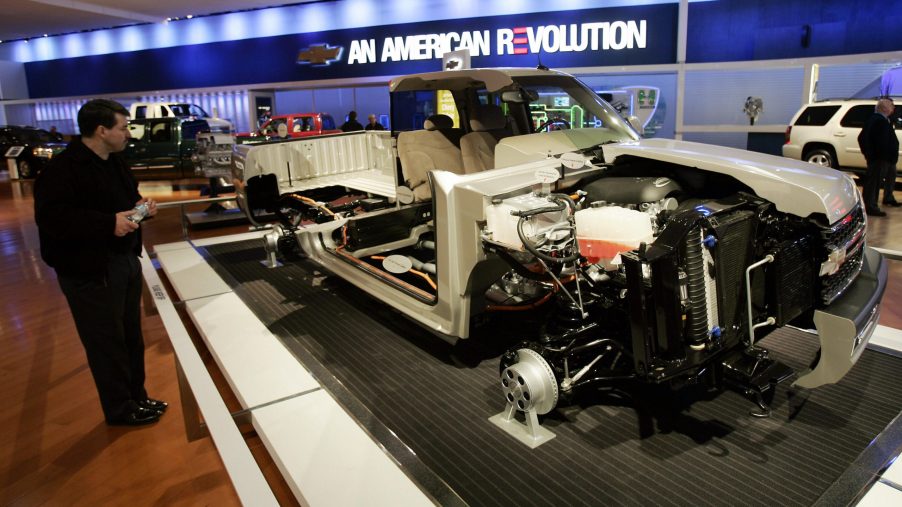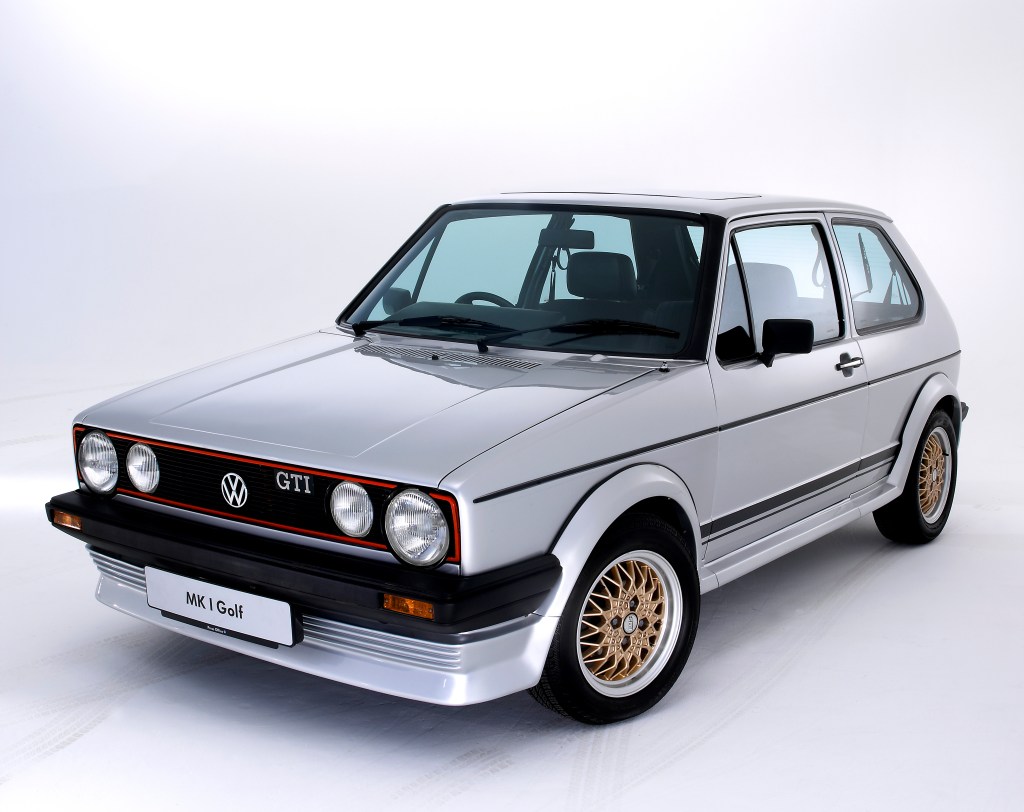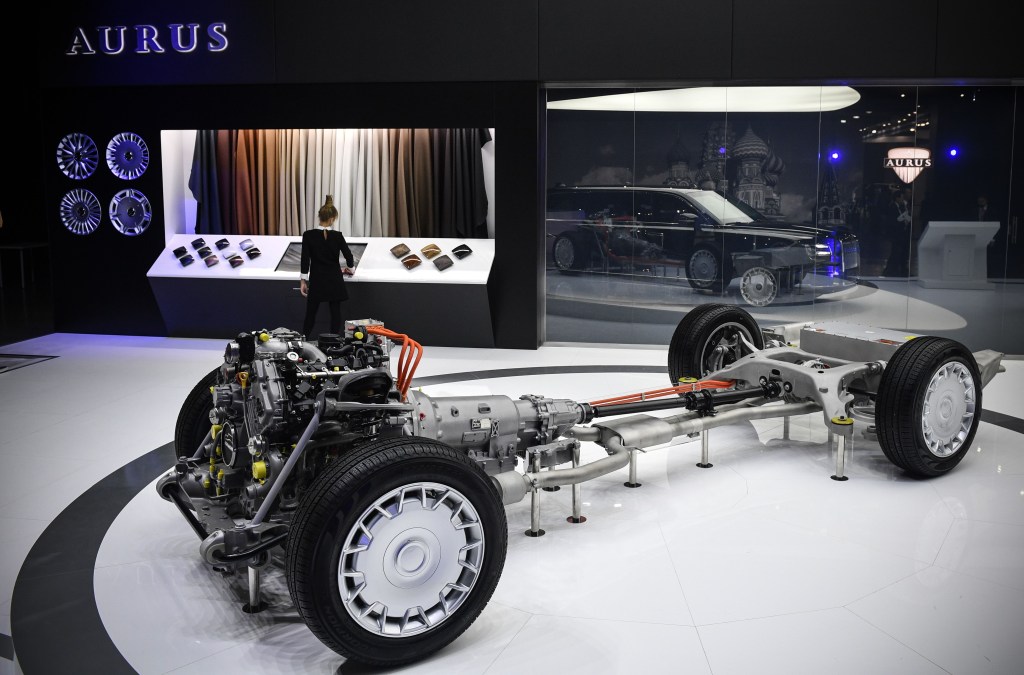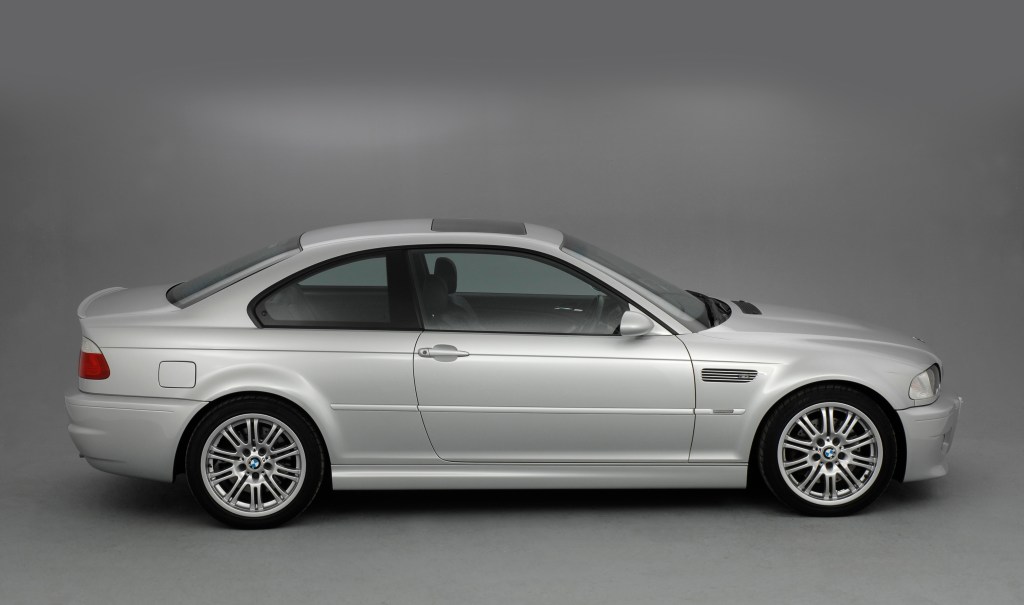
Is Front-Wheel Drive Better Than Rear-Wheel Drive?
Car buying consists of shoving as much information on your chosen vehicles into your head as possible. Frankly, it can all be a bit overwhelming. But, it’s important to get the basics right. Things like engine, transmission, rear, all, or front-wheel drive. Those last three are very important depending on where you live. Snowy or rainy climates are often populated by owners that tout the benefits of front-wheel drive. But is a rear-driven car all that bad?
Benefits of front-wheel drive

Enthusiasts often poke fun at other enthusiasts who own front-driven cars by calling their car “wrong-wheel drive”. But what’s so bad about it, and what does the term “front-driven” mean? Essentially, it refers to the layout of the wheels on a car that are directly powered by the engine. A car with front-drive means that only the front two wheels are powered by the engine via the transmission.
This layout offers plenty of benefits. First and foremost, it uses fewer materials than a rear-wheel drive car. There’s no big driveshaft going to the back of the car, which helps weight and thus fuel economy. It is, for this reason, you’ll struggle to find a rear-wheel drive “economy” car. In some cases, front-wheel drive cars also offer better traction, as the weight of the engine is over the front wheels, pushing them into the ground and helping grip.
Rear-driven cars may be a more “pure” experience

But, there’s another way. Most cars made before the popularity of front-driven cars rose were rear-wheel drive. By and large, this is also the pick of many enthusiasts, who say it offers a more “pure” and balanced driving experience. Some consumers turn their nose up at this configuration for its poor traction in poor weather. But, there’s an easy fix most people overlook.
Tires are everything on a car, especially a rear-wheel drive one. In order to keep optimal traction in rain or snow, a good set of winter or summer tires is a must on any car, including a front-wheel drive one. No, the weight of the engine usually isn’t over the rear wheels, but good tires more than compensate for this. Plus, tire technology is so good now those rumors of weighing the back down with sandbags are now just that- rumors.
Which is best for you?

In order to determine which is best for you, it’s important to consider what you want your car to do. Do you want a fun weekend toy? Rear-drive is probably best. Looking for economy and nothing else? Front-wheel drive is for you. But, no matter what, the best decision you can make for your car is a good set of tires. They’ll help you stay on the road and safe, front or rear-wheel drive regardless.


